You are here
Please respect the outdoors by practicing Leave No Trace. Learn more about how to apply the principles of Leave No Trace on your next outdoor adventure here.
Denver Metro Area, Colorado
Maui, Hawai'i
Las Vegas + Southern Nevada, Nevada
Warner Mountains + Modoc Plateau, California
Portland Metro Area, Washington
Willamette Valley, Oregon
Mt. Adams/Indian Heaven Wilderness/Goat Rocks, Washington
Willamette Valley, Oregon

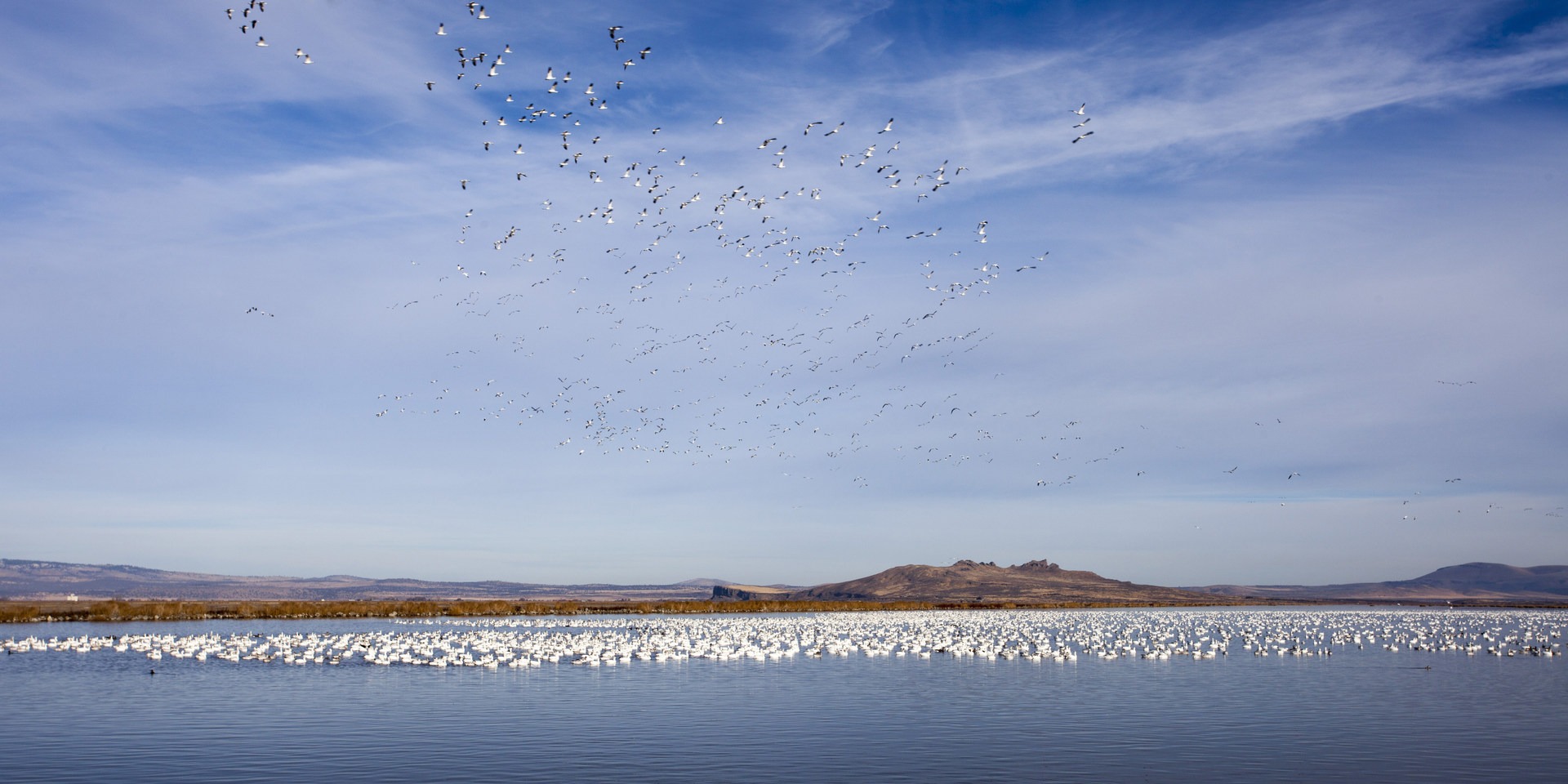
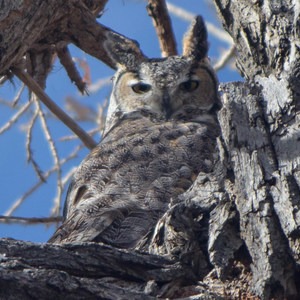
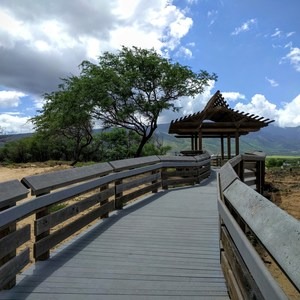
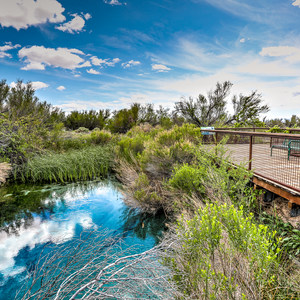
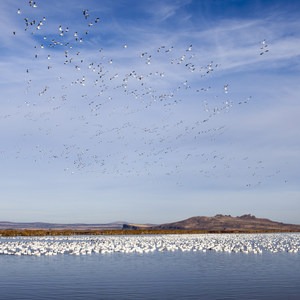
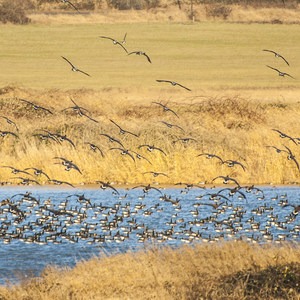
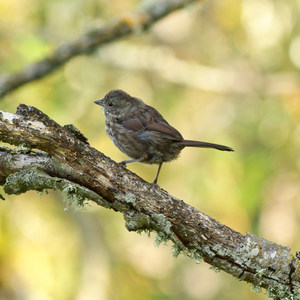
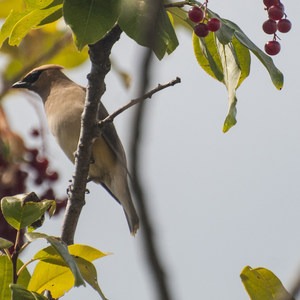
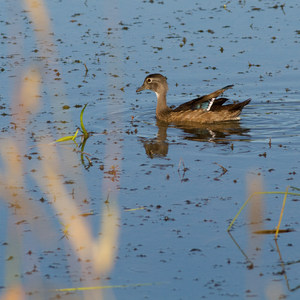



Comments
Sign In and share them.